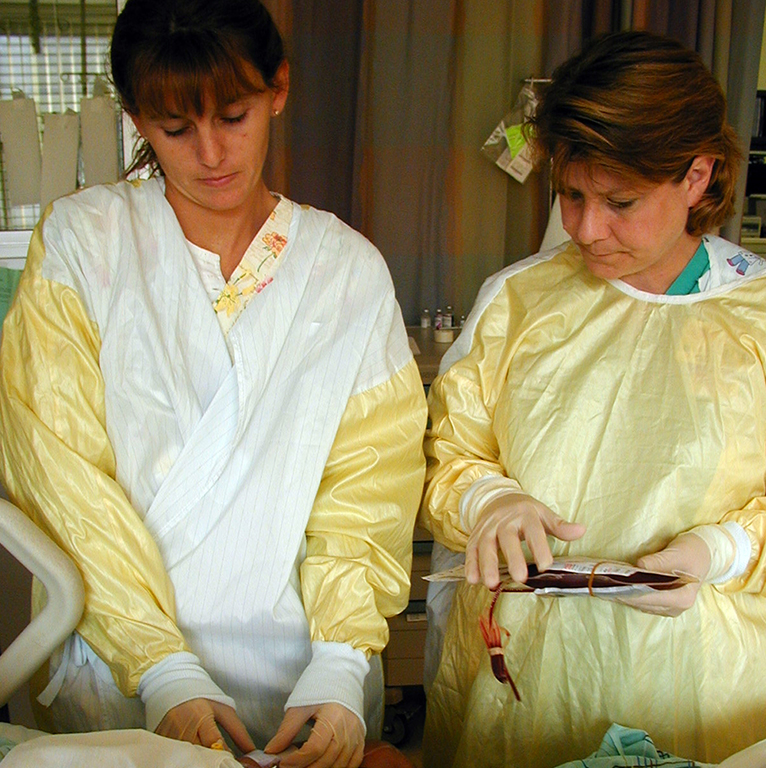Capstone Clinical Teaching Strategies
In addition to examining different learning styles, it is important to explore how to teach to meet the course competencies and the student's needs. Knowing the student's preferred learning style can help you select effective teaching strategies. The preceptor's role with adult learners is that of learning facilitator and to promote critical thinking.
Think about your teaching style. It is based on your own preferences and comfort zone. You will teach from your strengths. The way we teach may not always connect with our students. We may have to adapt at times by listening and understanding the student's learning style. When in doubt, ask what is working and what is not.




